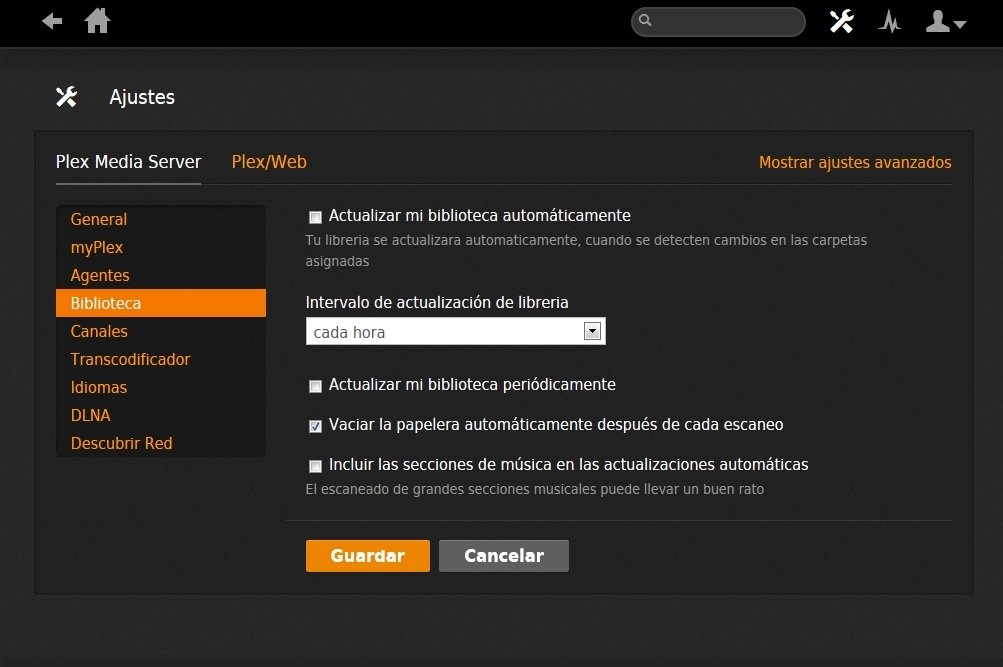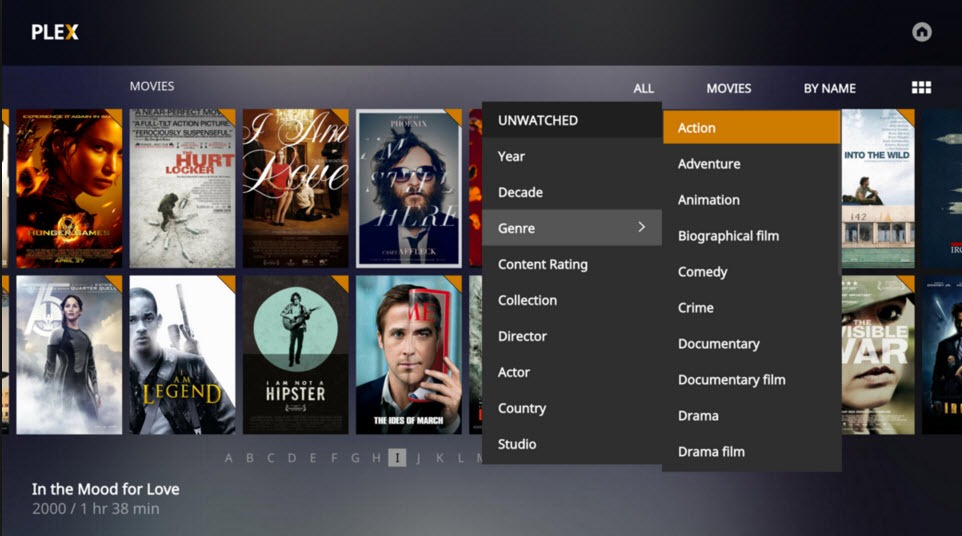

For example, if you want a 720p version of a movie that can be streamed even over crappy hotel Wi-Fi, then you can create one before you leave on your trip. This feature allows you to create "optimized" versions of your media in a lower quality or a different format that can quickly be streamed over limited connections. If you want to ease the burden on your server even more, you can do some of that work ahead of time by making use of Plex's Media Optimizer (Opens in a new window). However, this can take up a lot of processing power. The Plex server uses a process called transcoding to make all of your media playable on any device. If you find one particularly troublesome user on your server hogging the bandwidth, you can check your server's dashboard to see who's causing it and maybe politely ask them to ease off a touch. With these limits in place, you should be able to keep your server from overly taxing your home internet. Multiple users streaming from your server at once can each get up to that limit, which can tax your system. Options include the speed in megabits per second as well as the quality of video you'll get from that-for example, "12Mbps (1080p)"-but keep in mind that's per stream. Next to "Limit remote stream bitrate," you can choose a limit from a drop-down menu. It's not a hard cap, but it can help the Plex server avoid treating your middling broadband like it's gigabit fiber. Plex will then generally try to stay within this limit. The first option on this page lets you tell Plex the upload speed of your home internet connection.



Hosting a Plex server can be taxing on your internet service. How to Set Up Two-Factor Authentication.How to Record the Screen on Your Windows PC or Mac.How to Convert YouTube Videos to MP3 Files.How to Save Money on Your Cell Phone Bill.How to Free Up Space on Your iPhone or iPad.How to Block Robotexts and Spam Messages.


 0 kommentar(er)
0 kommentar(er)
